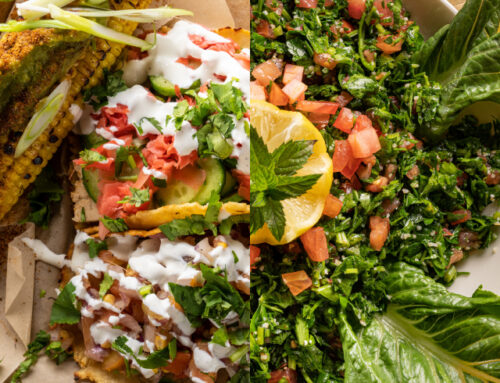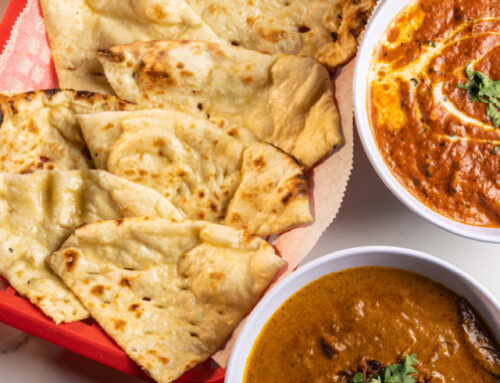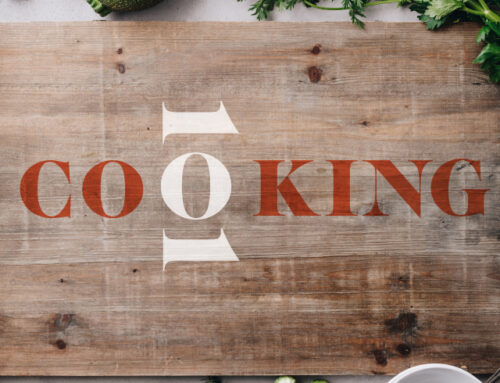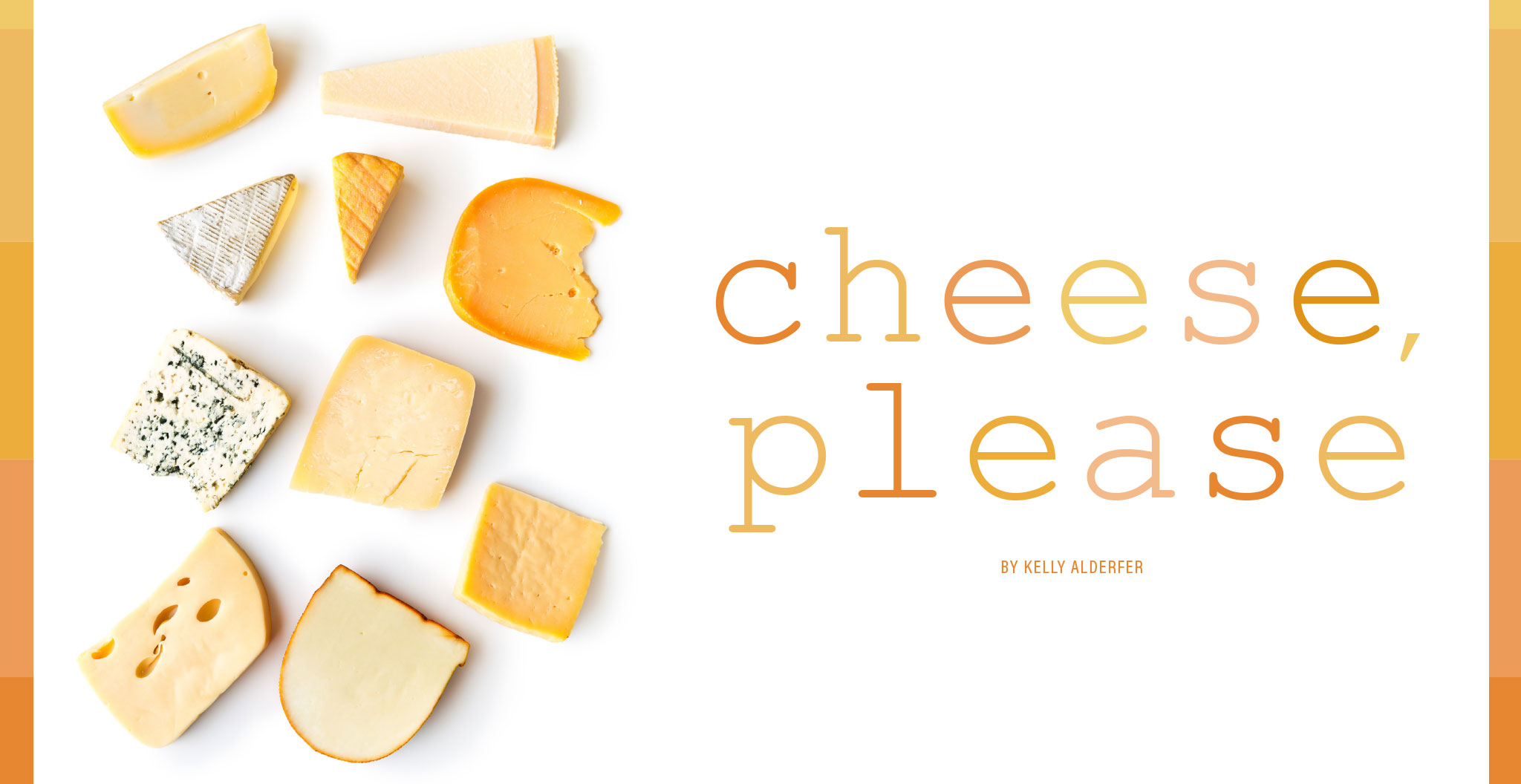
Whether it’s on a salad, with freshly baked bread, or just on its own, cheese is a true gift. There are so many varieties—about 2,000 to be exact—that there’s a cheese for everyone, from the simple cheddar lover to the most sophisticated of palates. Whether you’re a cheese aficionado or looking to widen your horizons beyond slices of American, let’s explore the world of this fine (and complex) dairy product.
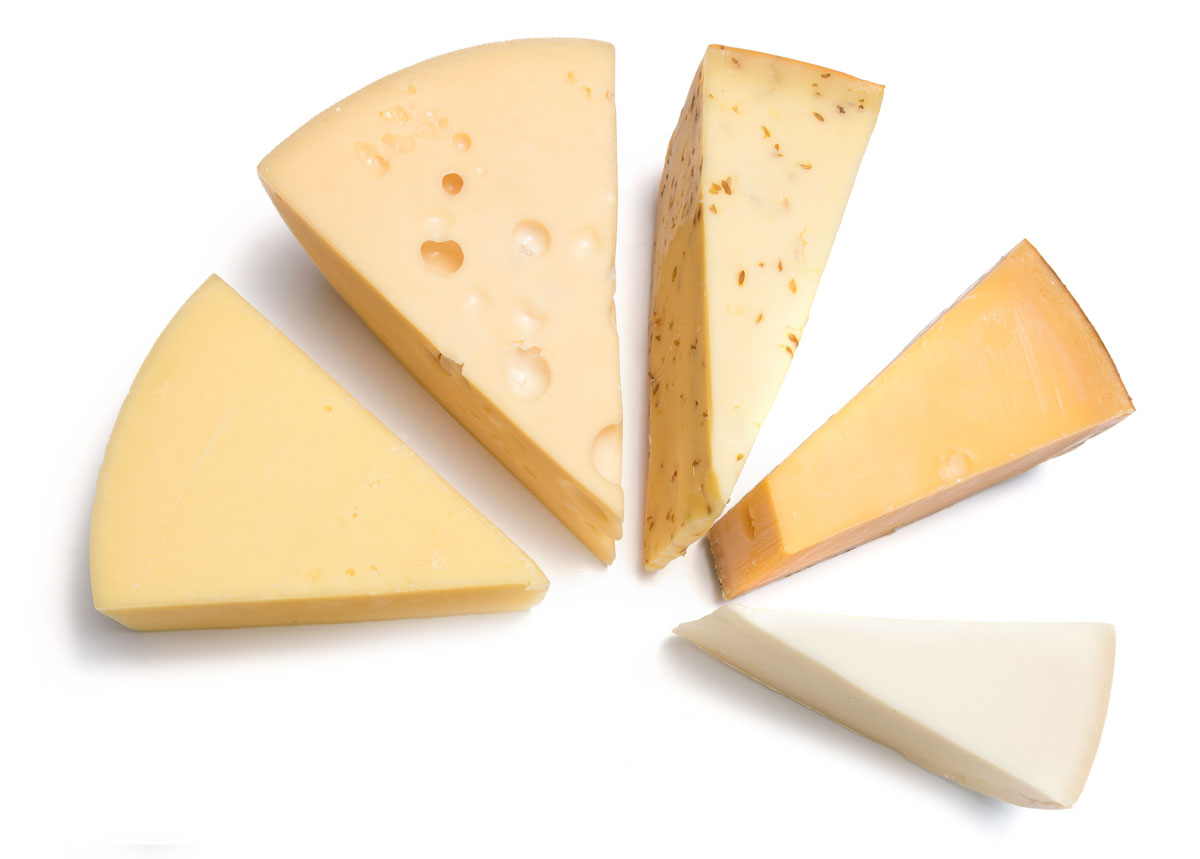
5 Practical Facts About Cheese
1
THERE’S A RIGHT WAY TO EAT CHEESE.
To fully embrace the flavor, aroma, and texture of a cheese, it is best to serve it at room temperature. Depending on the kind, you may want to take the cheese out of the fridge, covered, anywhere from a half hour (for fresh cheeses like cottage) to one hour (for creamier cheeses like brie) before eating.
When trying different cheeses, bread or crackers are a helpful accompaniment because they serve as a palate cleanser. Take a bite in between cheeses rather than with them to get all of the flavors.
2
THERE’S A RIGHT WAY TO STORE CHEESE.
While it’s convenient to wrap up your leftover cheese in plastic wrap, that’s not always the preferred way to preserve the freshness and flavors. For harder cheeses like Asiago, Parmesan, and Romano, it’s best to wrap them in parchment paper to give them room to breathe. Blue cheese, cheddar, and Swiss can be stored in plastic wrap, but soft or semi-soft cheeses like goat cheese or brie should be kept in a resealable plastic container. If your cheese came fresh in water, like mozzarella or feta, leave the cheese in its original container and change the water out daily.
3
THE HARDER THE CHEESE, THE LONGER IT KEEPS.
Because harder cheeses like Romano, Asiago, and Parmesan have less moisture and are aged longer, they don’t go bad as quickly as other cheeses. Even if they grow a little mold, simply cut the mold off and go ahead and eat it.
4
TO EAT THE RIND, OR NOT TO EAT THE RIND?
All cheese rinds are edible; the question is whether you like the taste of it or not. Some people like the sometimes intense flavors, while some find the texture or flavor to be unappetizing. You don’t know unless you try it, right?
5
WINE IS THE PERFECT PAIRING FOR CHEESE.
Everyone knows that wine and cheese practically go hand-in-hand, and it’s important to figure out what kinds of wines and cheeses go best with which. For example, fresher, softer cheeses are best paired with whites, dry rosés, and light-bodied reds, whereas harder, aged cheeses go best with deep reds, full-bodied whites, and sweet wines.
Why are they such a good match? Tannin, the organic compound found in grape skin, seeds, and stems, is bitter, which is why the human palate naturally craves a high-fat, high-protein food—like cheese—which balances the flavors out.
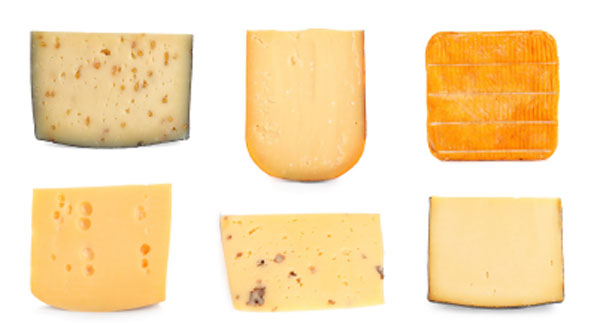
Guide to Cheese
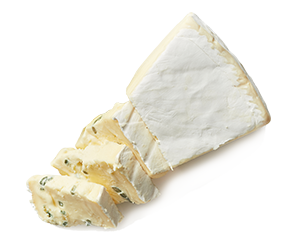
BRIE
TEXTURE: Smooth and creamy.
FLAVOR: Buttery.
PERFECT PAIRING: Juicy fruits like apples or berries, nuts, white wines.
GOOD TO KNOW: The soft, “bloomy” rind is a completely edible white mold. While some people find the texture and scent to be offensive, that’s where much of the flavor comes from.
IF YOU LIKE BRIE, TRY: Camembert. It’s similar to brie in texture, but more earthy in flavor.
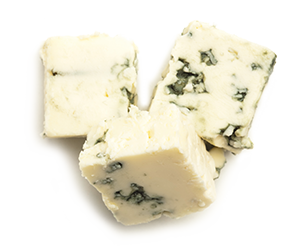
BLUE
TEXTURE: Crumbly or creamy, depending on the type (there are over 40!).
FLAVOR: Varies, depending on the type, but generally funky.
PERFECT PAIRING: On top of salads, with sautéed brussels sprouts, dry red wine.
GOOD TO KNOW: The strong odor of blue cheese comes from the bacteria and mold that also give the cheese its crumbly, veiny look.
IF YOU LIKE BLUE, TRY: Feta. The Greek sheep/goat milk cheese is tangy and salty, also a great companion for salad.
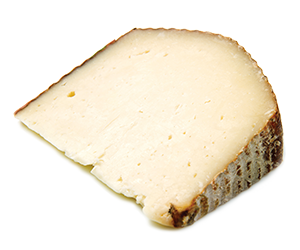
GOAT (CHEVRE)
TEXTURE: Varies from creamy to crumbly.
FLAVOR: Varies, can be tart and pungent or soft and mild.
PERFECT PAIRING: Salads topped with figs or pears, with beets or eggs, a crisp white wine or a mild red.
GOOD TO KNOW: Goat milk has a higher percentage of calcium, iron, and Vitamin A than cow milk.
IF YOU LIKE GOAT, TRY: Mascarpone. While no cheese quite tastes the same as goat, Mascarpone is a super-smooth cheese that’s milky with a touch of sweetness and occasionally tangy. (Also, try the Chevre Cheesecake recipe)
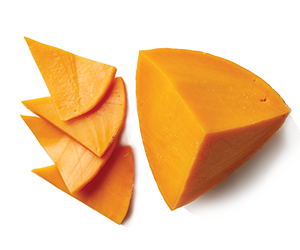
CHEDDAR
TEXTURE: Hard.
FLAVOR: Varies, depending on how long it is aged—can be anywhere from mild to quite sharp.
PERFECT PAIRING: A gourmet burger, fresh apples, dark ale, red wine.
GOOD TO KNOW: Cheddar cheese is naturally an off-white color. If it’s orange, there was an additive put into it, typically annatto (a food dye derived from the seeds of the achiote tree).
IF YOU LIKE CHEDDAR, TRY: Dubliner. The 100 percent grass-fed cow milk cheese is granular and sweet, with nutty and sharp undertones.
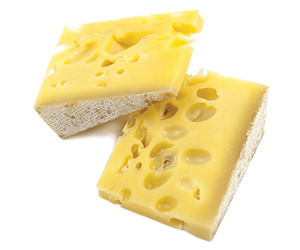
GRUYERE
TEXTURE: Hard.
FLAVOR: Varies depending on how long it’s aged; can start as creamy or nutty and grow to be quite earthy.
PERFECT PAIRING: Berry jams, sharp mustards, white wine.
GOOD TO KNOW: Gruyere is just one of the 450 different kinds of Swiss cheese, and has little to no lactose.
IF YOU LIKE GRUYERE, TRY: Another Swiss, like Jarlsberg, which is a bit more mild and soft.
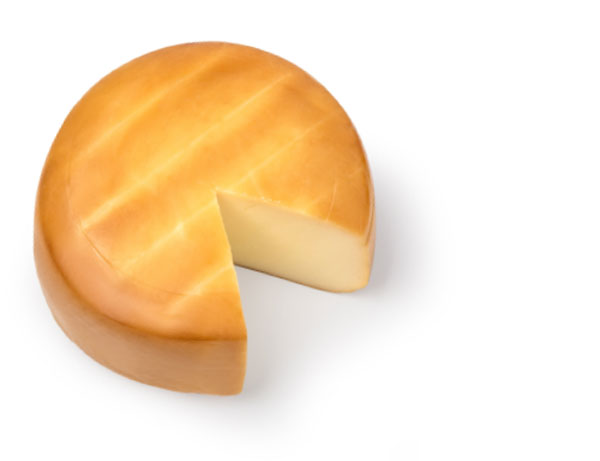
Local Cheesemakers
All of this sounds really good, right? Don’t run to the supermarket just yet — turns out, there are a handful of places in the Lehigh Valley making their own natural, delicious cheeses for us to enjoy.
FLINT HILL FARM
Located in Coopersburg, this working dairy farm uses only Jersey cows for their cow’s milk cheeses, which in turn gives their products an extra-creamy quality due to the high butterfat content found in Jersey cow’s milk.
Flint Hill specializes in cheddar, offering some flavored with different herbs and spices, depending on the season. They’ve experimented with making a beer cheese using beer from Lost Tavern Brewing in Hellertown, plus they use grape skins from the wine of Black River Farm to flavor some cheeses.
If you’re curious about how cheese is made or even looking to get started with cheesemaking yourself, Flint Hill offers mozzarella and cheddar cheese-making classes.
To get your hands on some Flint Hill cheese, head to the farm and check out what they have to offer — there’s more than just cheddar and mozzarella to choose from!
1922 Flint Hill Rd, Coopersburg
610.838.2928 \\ flinthillfarm.org
KREEKY TREE FARM
Located in the heart of farm country at the foot of the Blue Ridge Mountains, Kreeky Tree Farm celebrates the beauty and bounty of small farm values and flavors. Along with other livestock, in 2016 they added two goats, Maude & Millie, and started offering goat cheese to their growing offering of products, which includes jams, hot sauce, eggs, dill pickles, poultry, and much more.
Their goat cheese is available in a variety of flavors including Plain Chevre, Ash Layered Chevre, herbs de Prevence layered Chevre, and Chillie layered Chevre.
Make a point to stop by the farm this summer and explore everything they have to offer.
8755 Jones Rd, Slatington
610.442.2719 \\ kreekytreefarm.com
KLEIN FARMS
The Klein family has been running their dairy farm since 1935, and in late 2004, began selling their first batches of cheese for the public to enjoy.
Considering the farm favors and offers raw milk, it’s only expected that their cheeses are derived from raw milk as well. If you step into the dairy store at the Easton farm you’ll find raw milk aged gouda, Monterey Jack, cheddar, Parmesan, Romano, blue, Colby, and a variety of flavored cheeses.
In addition to cheese, Klein Farms is a one-stop-shop for fresh cut beef, pork, and chicken, along with yogurt and eggs. Put an afternoon aside to spend some time at the farm to see the animals and check out all of the tasty local treats.
410 Klein Rd, Easton
610.253.8942 \\ kleinfarms.com
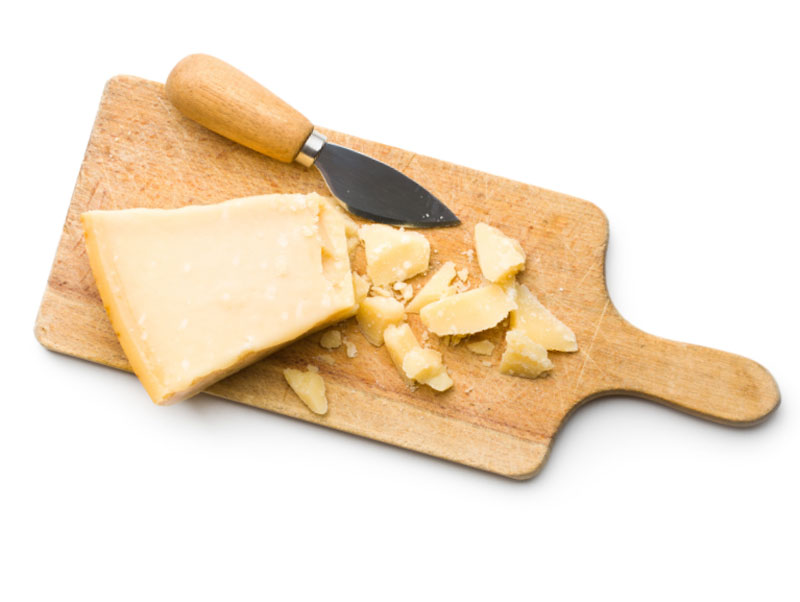
As seen in the Summer/Fall 2021 Issue
Click to Visit Our Advertisers

